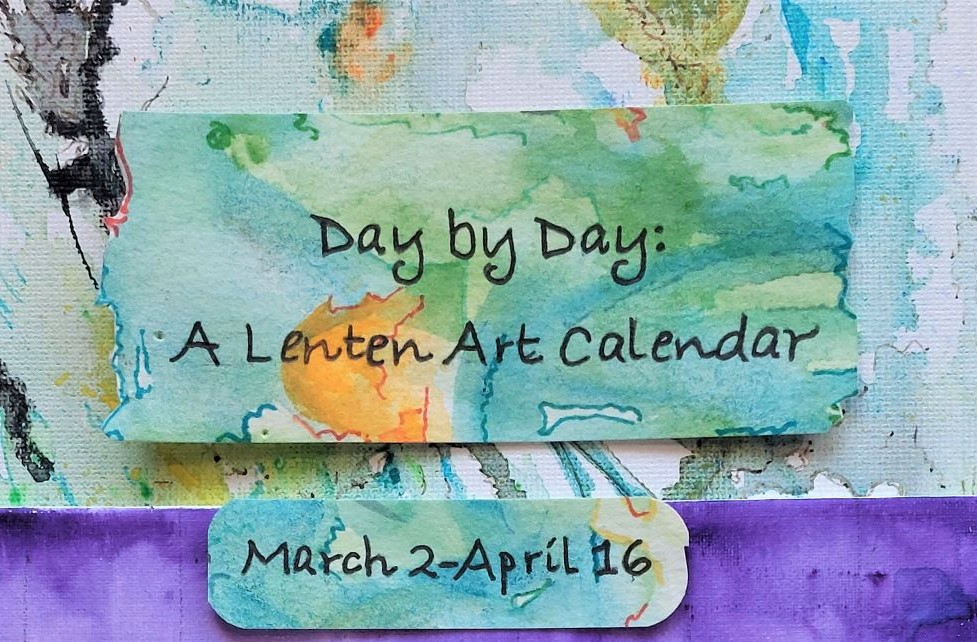
Pencils in the Trees
Poet and naturalist Mary Oliver developed a lifelong passion to write about the mystical relationship between people and nature. As she walked daily among the trees near her New England home, her creative mind whirred with ideas and half-formed lines of poetry. Her inspiration and imagination soared, but upon returning home, her words proved elusive. Thus, she began an odd but practical habit: She hid pencils in the trees. Never again would she be caught unprepared when inspiration struck. She would always have the tools of her trade ready whenever she needed them.
Pencils in the Trees… My own mind whirs as I picture trees full of pencils hanging from every branch or tucked inside knotholes. This is a perfectly delightful expression of planning ahead, but it is also a great example of an anticipatory, confident faith (and a creative way to solve a problem.) Imagine having the faith to put aside some essential tools so that they will be there, because you KNOW you will need them! An idea was not even formed, but you were confident that it would. This kind of faith looks ahead at what might arise tomorrow. This kind of faith assumes inspiration WILL come. This faith doesn’t want to miss an opportunity for lack of a pencil.
Couldn’t this pencils-in-the-trees idea apply to anyone who wants to be ready to respond to inspiration’s call or a pressing need? Immediately I thought of the recent tornadoes and fires in Texas that destroyed homes, schools, ranch lands and towns. In addition to those who fight the fires and perform immediate rescues, members of Disaster Relief Teams arrive. They distribute water, food, blankets, shelter and kindness during those traumatic first days and weeks. Others arrive with saws and hammers, building supplies, paper goods, and cots. With patience, skill and the right tools, teams of paid and unpaid workers carry out their compassionate work. Scenes on the nightly news shift from destroyed homes and uprooted trees to stories of hope and pictures of rebuilding. Men and woman are cutting with chain saws, re-roofing houses, serving cups of soup, and comforting children.
And what makes all this possible? The willing volunteers, of course, but compassionate caring also comes in the form of storage shelves full of boxes of food and stacks of blankets. It comes in trailers that are already packed with supplies, just waiting to be hitched up and hauled to where they are needed. What would it be like if these essential supplies had to be gathered up, one by one? If there were no established supply chains for chain saws, and medical supplies, ready-to-eat meals, stacks of blankets and cots, delays would be inevitable. Precious time, even lives, could be lost while people scurried around searching for what was needed. Massive behind-the-scenes work allows this “instant” relief to appear. Those who commit to caring for other people have put their faith into action long before a disaster strikes. Humanitarian organizations made up of caring individuals know that these supplies will be needed. They act with confidence and faith, working ahead of time so that they will be ready the moment that relief call goes out. They don’t want to miss an opportunity for lack of supplies. In a sense, they are busy putting pencils-in-the-trees, and oh, how grateful we are that they do.
Faith teaches us that we are designed for good works, and that a compulsion for compassion resides within each of us. We are all called to give what we can, however we can. That includes being equipped to do what each of us does best. When I get discouraged by the many ways that humans hurt and damage each other, I can look for the inspiring presence of Pencils in the Trees– ways that people plan and prepare in myriad ways. When that time comes and a problem needs to be solved, the materials needed to give relief and comfort will be ready. I can also put a few pencils up in those trees myself. Someone, somewhere, will need them.
For we are God’s handiwork, created in Christ Jesus to devote ourselves to the good deeds for which God has designed us. New English Bible Ephesians 2:10

Watercolor and colored pens were used to create the shapes and movement in this tile. The tree looks sturdy and strong, despite the windblown scene. Are there some pencils stashed among its branches, ready for willing hands to use?
O God, I thank you for designing humans with the capacity to care for each other. I pray that I will honor that design to demonstrate that care today. Amen.


